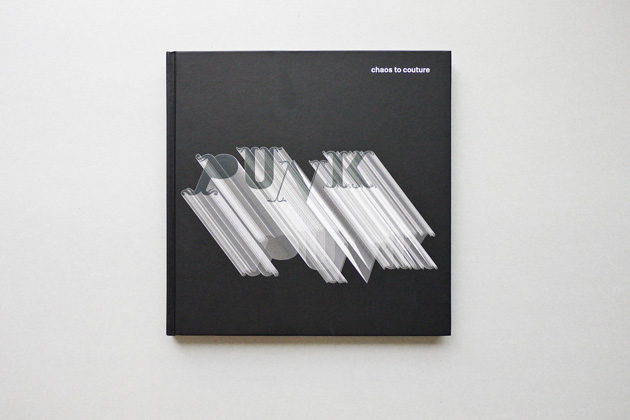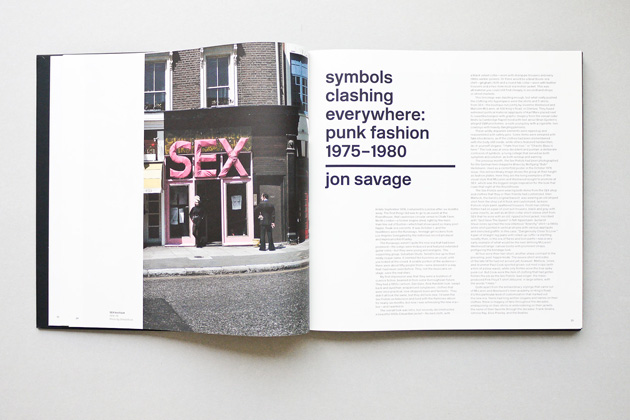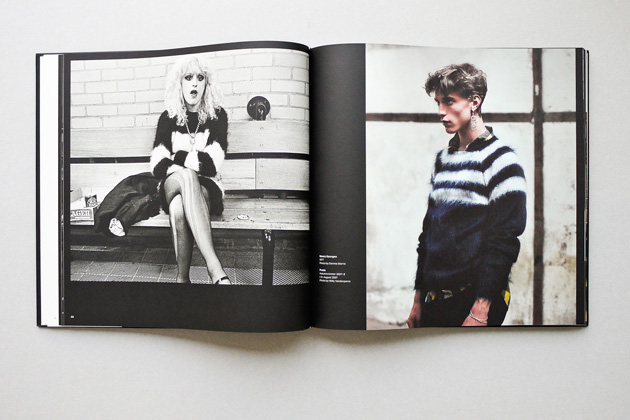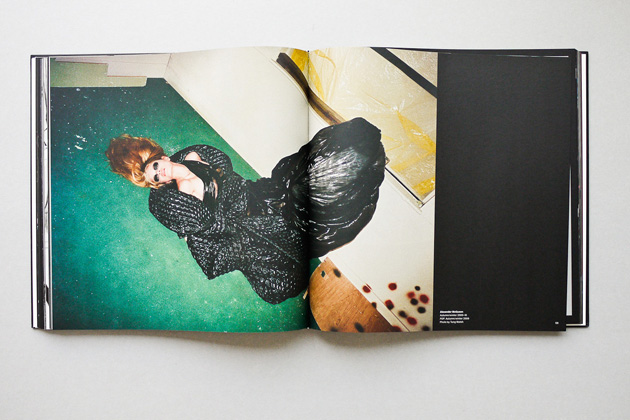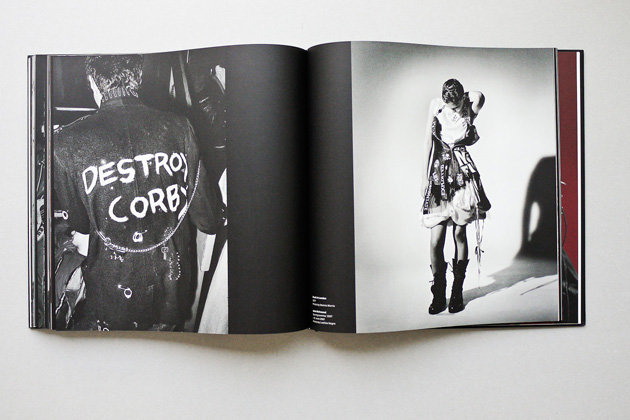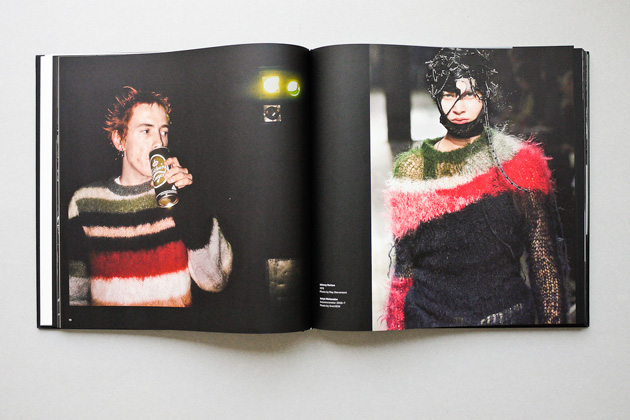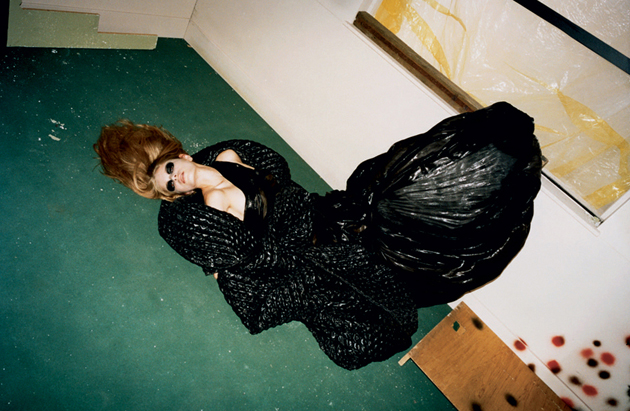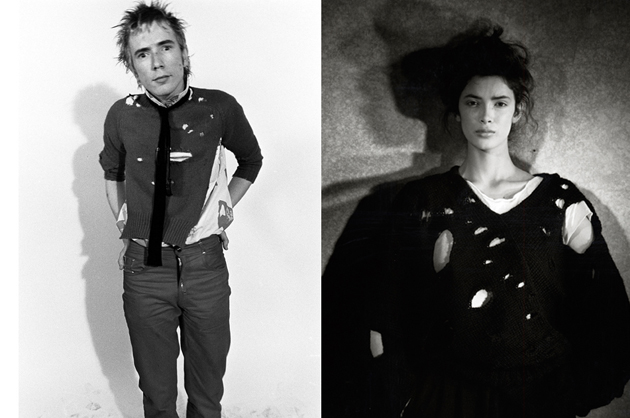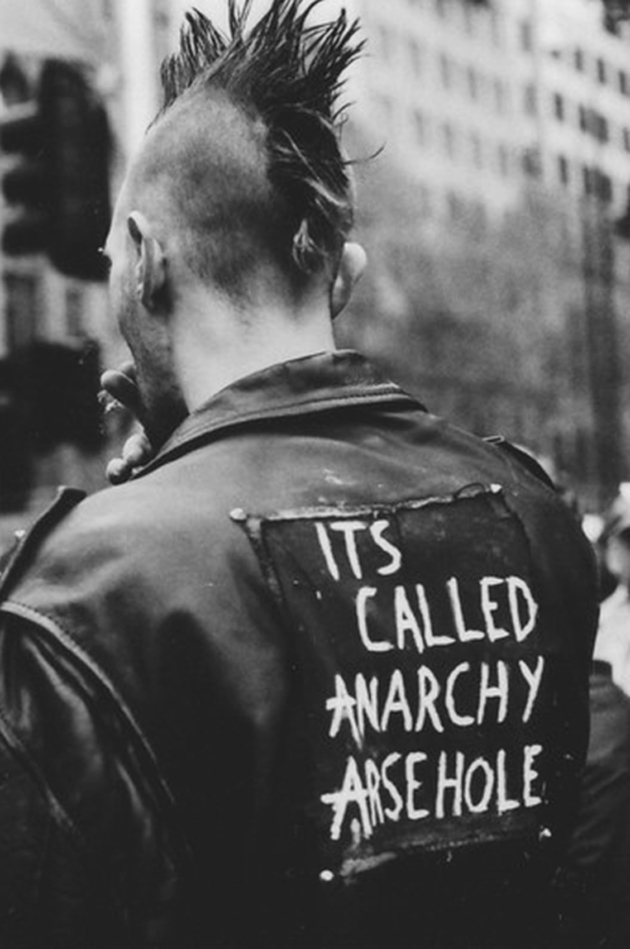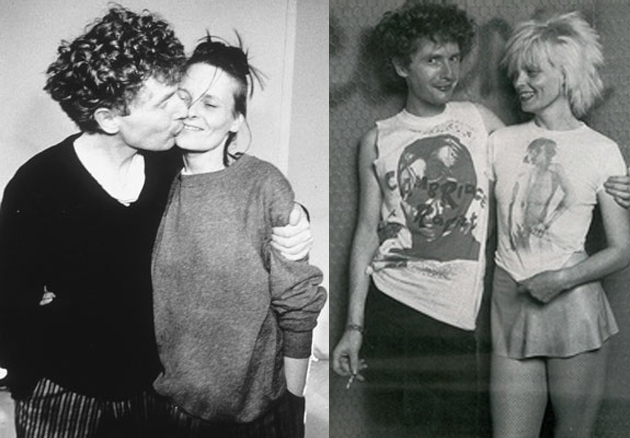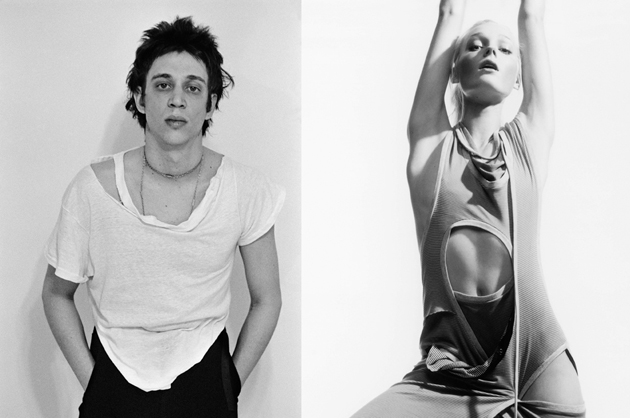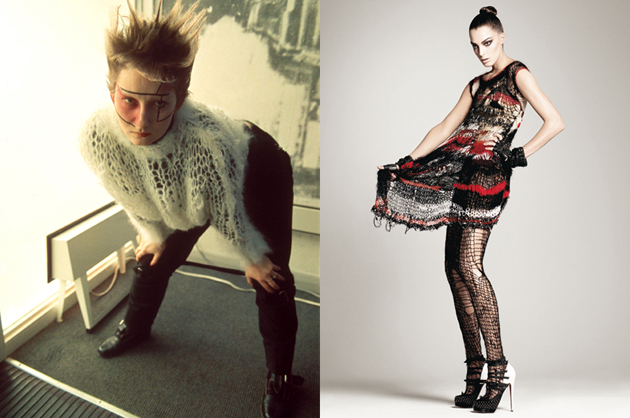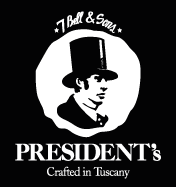Jay Reatard: Better Than Something
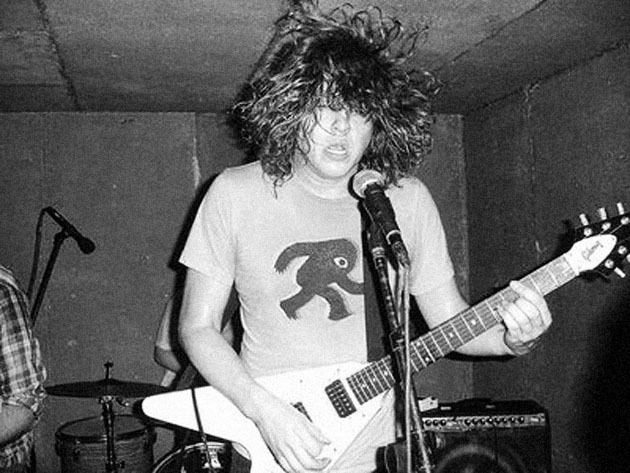
Jay Reatard died just as he was beginning to outgrow the Memphis punk scene he’d spent most of his life putting on the map. Only 29 years old, he played in more bands and released more albums and 7” singles in fifteen years than most people do in 80. In interviews he often claimed to be constantly working against time, writing a song a day as if he knew he didn’t have many left. Then again, he also spent a lot of time talking about future plans, like buying a house, learning how to play the cello, and making more pop-oriented records. As much as anything else, the documentary film Better Than Something reveals that Jay Reatard did not plan to die.
Sometimes it’s hard to tell whether or not he wanted to. Since he could walk he’d been cutting himself and wrapping microphone cords around his head and screaming and unwillingly ejecting himself out of bands, schools, and relationships―the quintessential punk. The documentary for the most part sticks in Memphis as Jay takes us on a tour of the neighborhood he grew up in. “I wrote my whole first album in that house,” he says, pointing to a dilapidated shanty in a poverty-stricken part of town. Reatard is framed as a local hero who doesn’t seem to know what to do with his ballooning reputation. We get to see how his songwriting evolved from bratty speed-punk anthems like Lick on My Leather and Teenage Hate to more focused power-pop nuggets like It Ain’t Gonna Save Me and See/Saw. If you didn’t know anything about him, you’d think you’re watching a movie about a burgeoning talent, not a memorial service for a fallen icon.
And this is where the film really works: by opting to take a peek into Reatard’s life instead of framing the narrative around his untimely death. Likely it’s because directors Alex Hammond and Ian Markiewicz initially shot the footage for a documentary about the living Reatard. Regardless, the speculation on what could’ve been is for the most part wisely left on the cutting room floor.
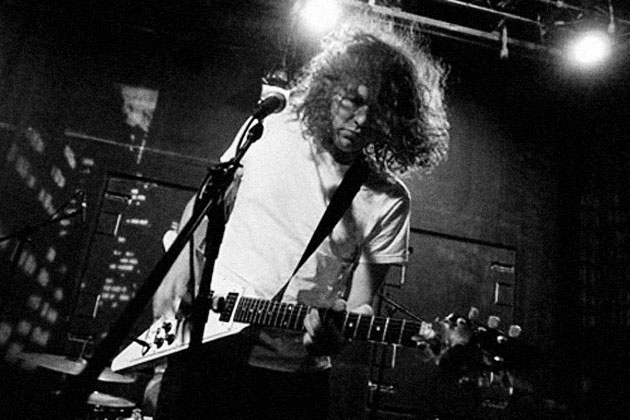
From the beginning Reatard painted himself as an outsider, railing against Memphis’ rich musical history―Elvis and the blues in particular. His first album, released when he was 15, is called Fuck Elvis Here’s The Reatards; his last, Watch Me Fall. He redefined his town’s musical landscape. For many local musicians and fans considered the guy a prophet.
He was also somewhat of an asshole. As Better Than Something shows, he seemed to feed off of any and all negative attention. In one scene we see Jay humiliating his bandmate onstage by grabbing at his dick; in another he’s throwing equipment at the keyboardist. There are countless anecdotes about Jay crashing parties and starting fights with strangers, and we often see him annoyingly drunk, microphone in hand, antagonizing anyone who will care to listen. At times he seemed to be playing a caricature of every punk cutout from the past forty years―ripping off a pigeon’s head and stuffing it into a fan’s cleavage; punching his bandmates; smoking crack and breaking windows. It was all part of the show, which leads to the sneaking suspicion that Jay―in being the outspoken punk rock kid who didn’t take shit from anybody―was putting us on. His character is funny from a distance, but the gimmick loses its spark as it becomes clear that every band he founded was driven to destruction by his own hand. And it’s downright depressing when you realize that, in the end, even he couldn’t get out of his own way.
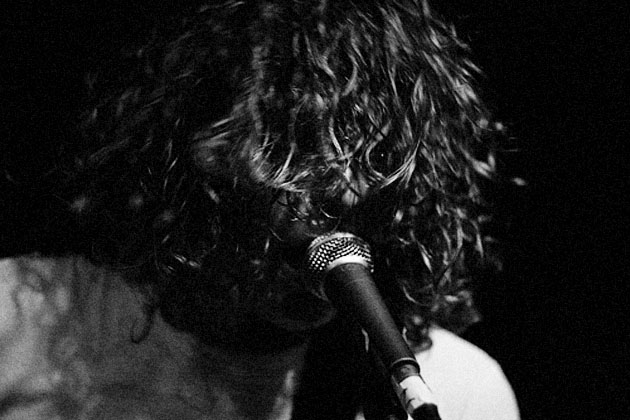
Lane Koivu
